
Mdl 1935 Personal Mess Tin Set. The French (like the Germans) used a large amount of aluminium for their field kit. The French issued these oblong tins to each man from 1935 which replaced the previous round design used in WW1. The base could be used for soups and stews, the lid as tray for more solid items and the third part as a plate. Manufactured by a number of specialist contractors, the mess tins are marked with maker's details and dates on the base of the main larger section. This design was still produced and issued beyond WW2 and later examples can be easily identified by the lack of a date and maker's details.
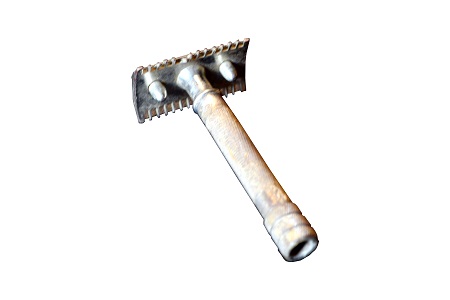
Safety Razor. The safety razor was first developed in America by Gillette; prior to its invention, the 'cut throat' style was used. The example shown here was dug from the battlefields and could well be an early example as they were first issued in the last year of WW1.
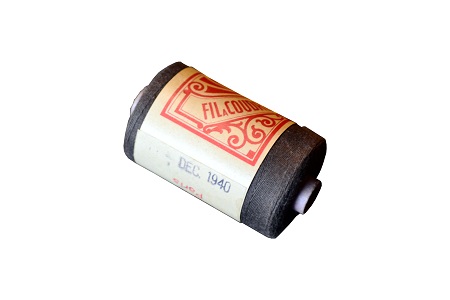
Spool of French Army-Issue Cotton. The keen-eyed will note that this example is, although unused, dated December 1940. The French typically issued 99-year contracts for equipment, so while France was already occupied by this time, production continued. It is plausible that the ink stamp was added by a quartermaster in stores.
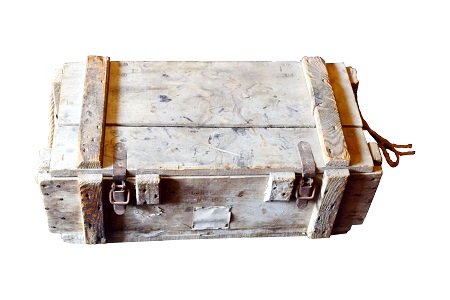
Wooden Small Arms Ammunition Box. Like all armies, the safe transport of munitions was carried out using wooden boxes. Wood was a relatively cheap and plentiful material. French equipment such as this from the period, especially anything which could be captured and re-used by the Germans, is scarce. Our example is unusual in that it has no German re-issue stamps or labels; unfortunately, one of the rope handles has broken, but it is otherwise complete.
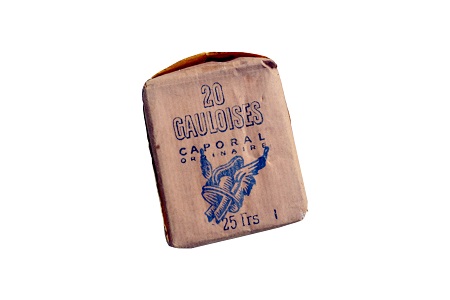 Packet of Caporal Cigarettes. The French army issued tobacco products to the troops in various guises and were also available as an additional purchase (hence the price). The grade and quality of what you received was dependant on your rank. The top image shows a pack available for additional purchase' the middle and lower pictures show, respectively, the front and reverse of a ration-issued pack.
Packet of Caporal Cigarettes. The French army issued tobacco products to the troops in various guises and were also available as an additional purchase (hence the price). The grade and quality of what you received was dependant on your rank. The top image shows a pack available for additional purchase' the middle and lower pictures show, respectively, the front and reverse of a ration-issued pack.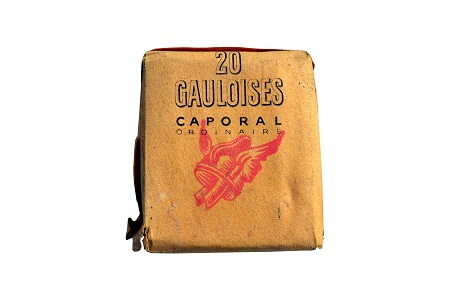
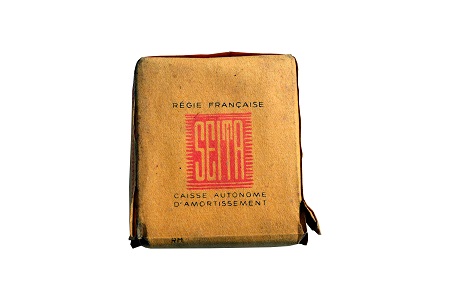
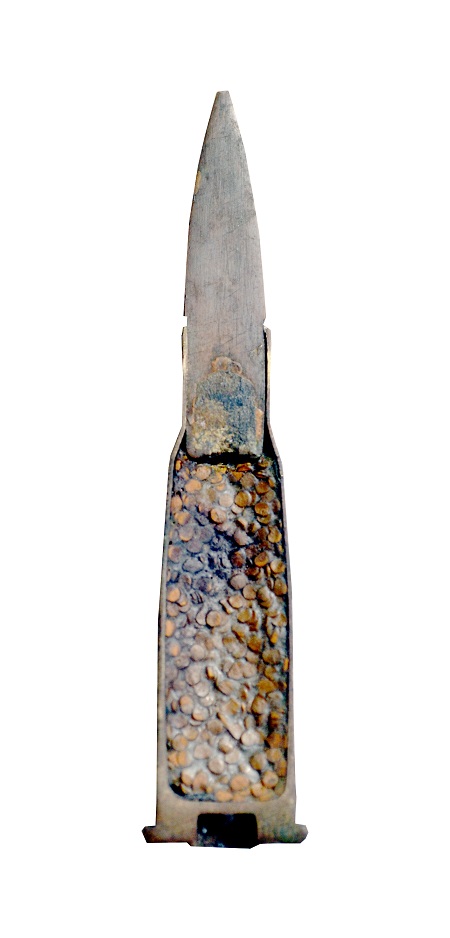
Sectionalised 8mm Lebel Round. This shows the interior of a complete round. The bullet is solid bronze (as opposed to lead core jacketed) which had the effect of the round tumbling at distances over 800 metres and acting more like a dumb-dumb. Bronze is also toxic to the human bloodstream; being hit by this round would be considerably more serious than receiving a flesh wound. The 8mm Lebel round, while still in use in 1940, was no longer the official standard of the French, having been already superseded by the 7.5mm used in the MAS 36 and FM24/29.
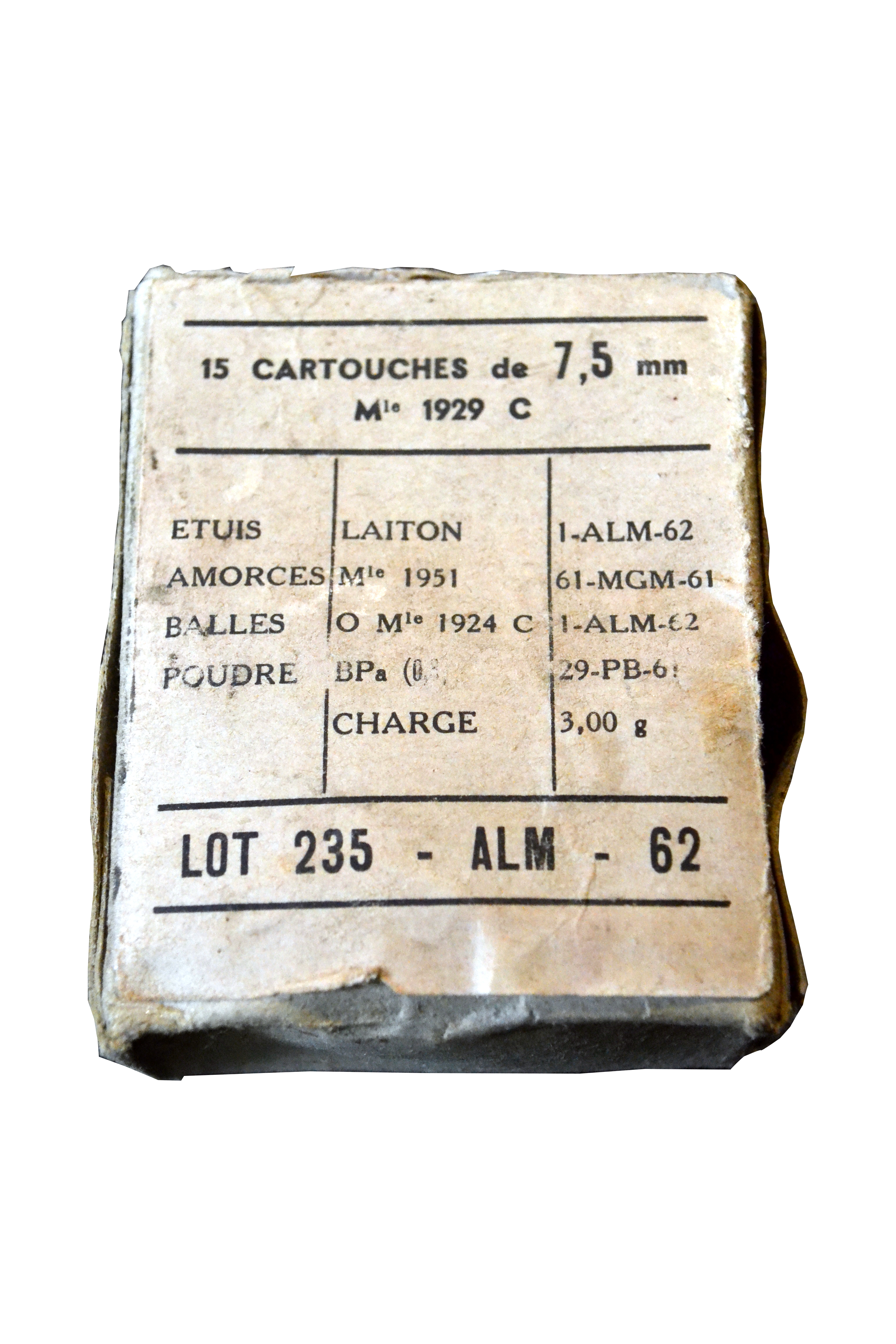
Cardboard 7.5 mm Round Issue Box. This is most likely (judging from the various dates) a post-war example. The box contained 15 rounds and this is how they were issued to the troops.
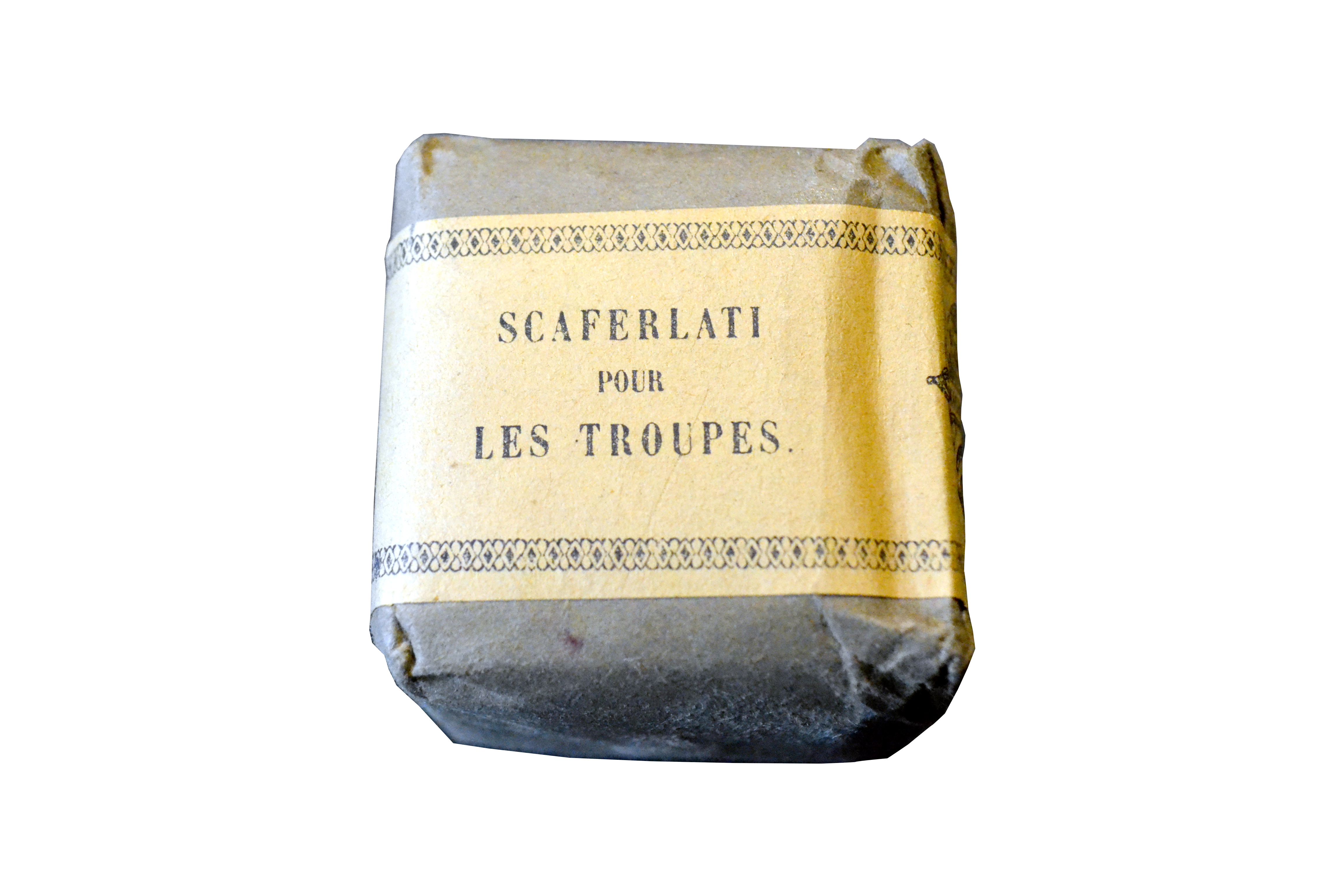
Troops Tobacco Ration Issue.
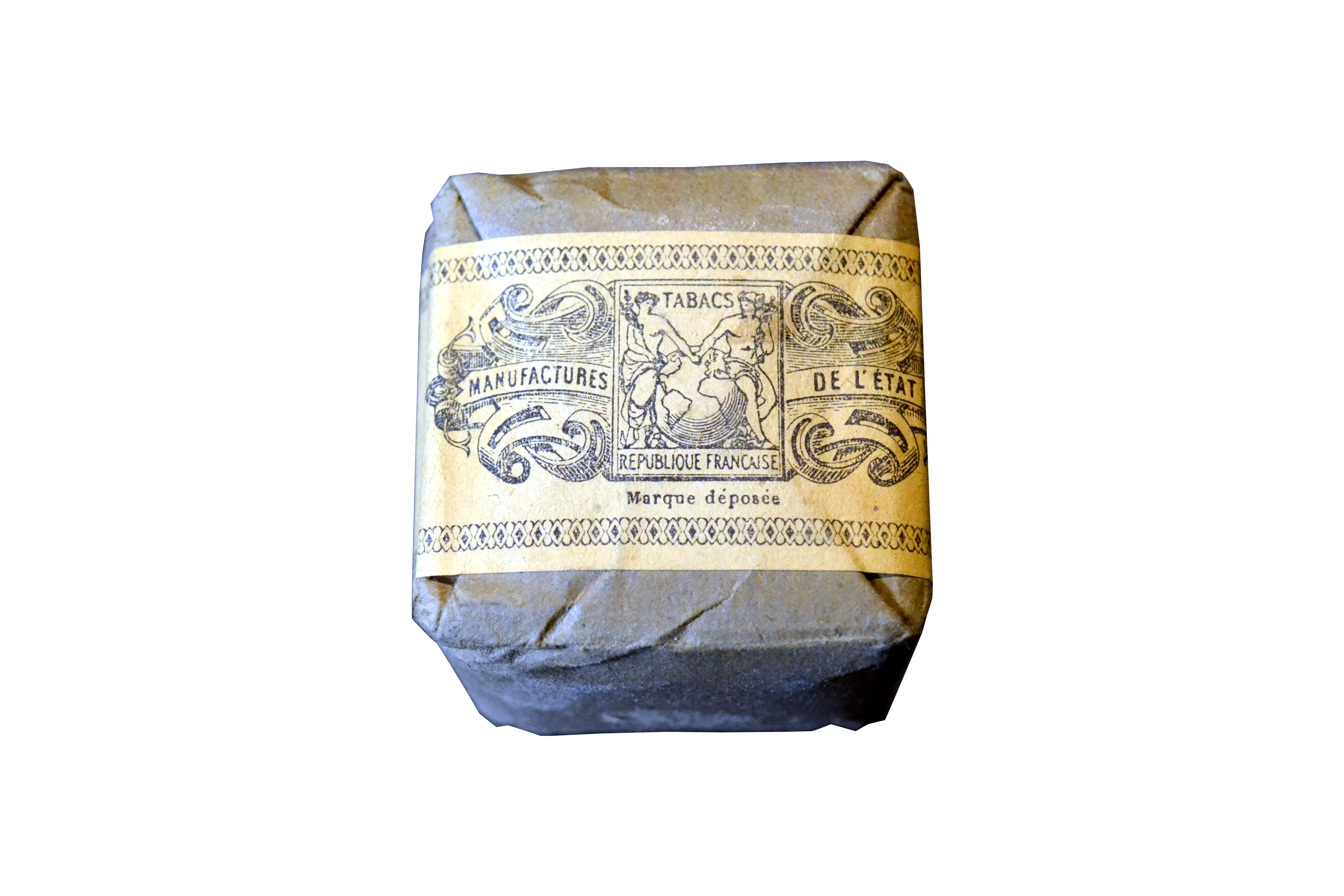
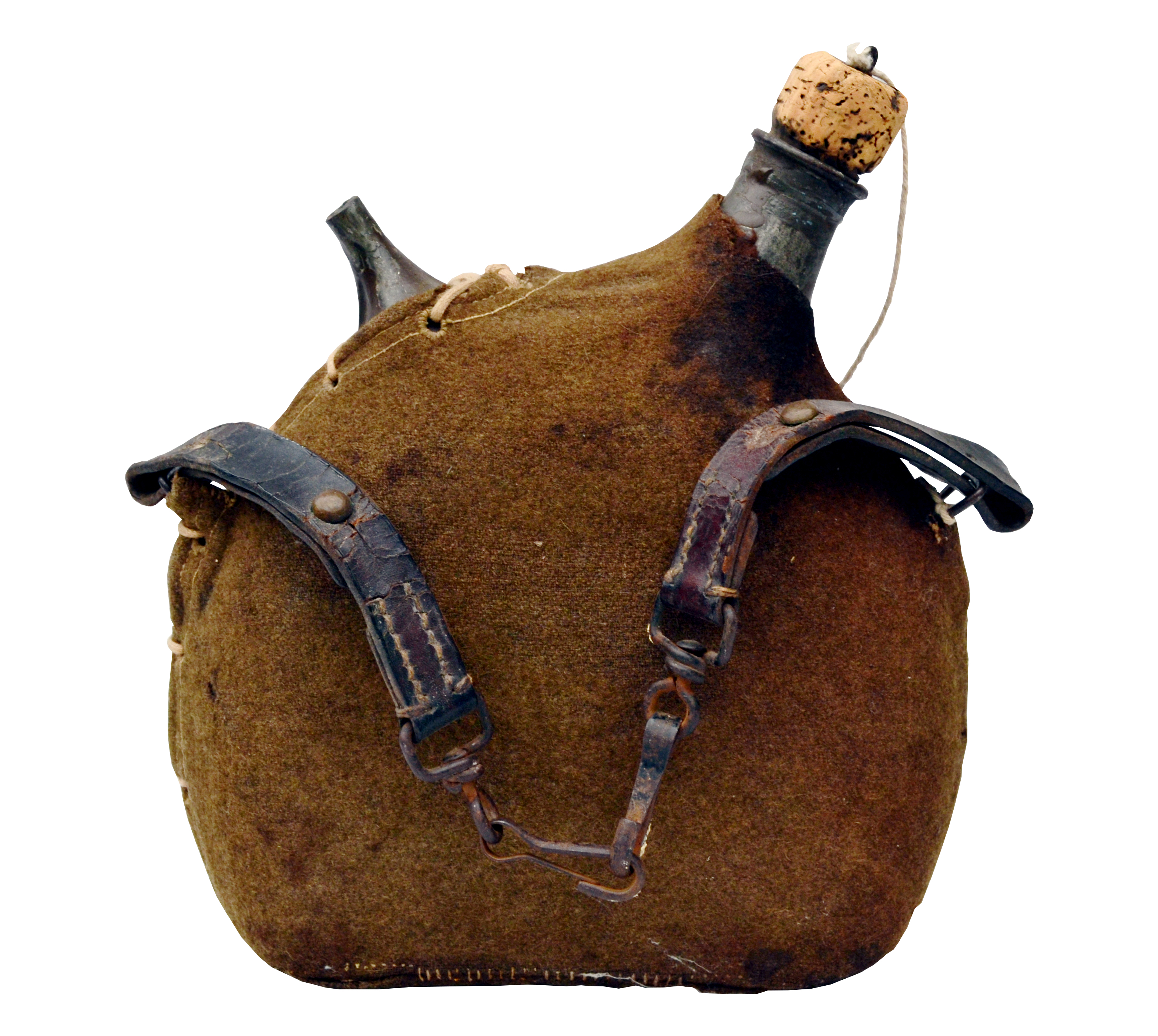
2.5 Litre Personal Water Canteen. This is the double-spout version based on the 1 litre canteen, which it replaced in 1915. The 1935 equipment sought to better distribute the various items carried, so the canteen was now suspended by two short straps which hung from clips on the undersides of the right-hand ammunition pouch and rear passant rather than on its own independent strap as had been the case previously.
